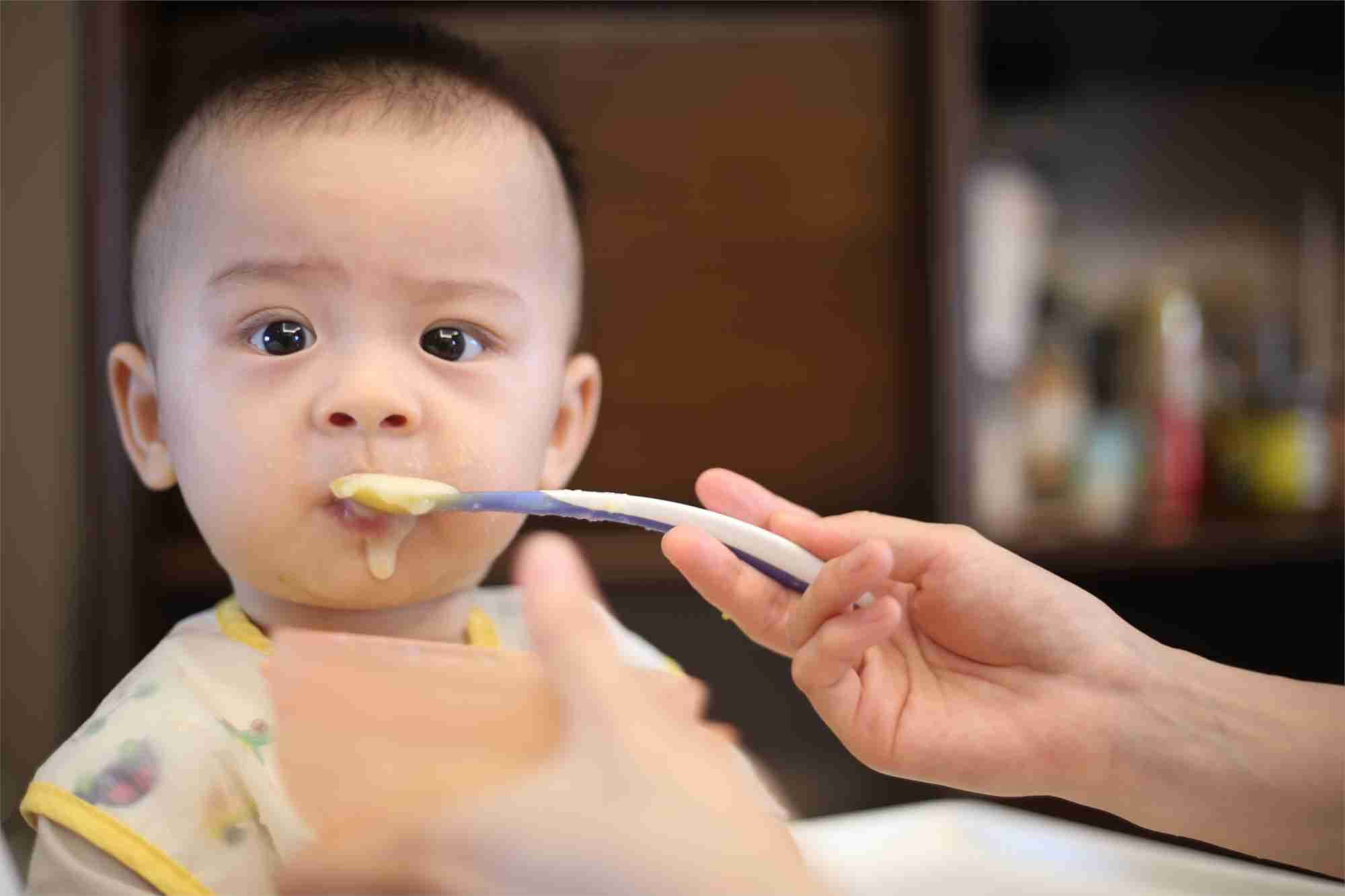So many of the items in a baby’s world are made of plastic, but until recently I never stopped to think of whether those things were safe or not. I just always assumed they would be. Companies would never use harmful materials in something made for babies, right?
Are high chairs and other baby accessories toxic? Sometimes. Many of these items use plastic that have BPA, BPS, BPF, Phthalates, Antimony, Arsenic, Ethylbenzene, Phenol, or Methyl ethyl ketone. Do all plastics have this? No. Here’s what I found out about how to find which do and which don’t.
What are the toxic chemicals found in high chairs?
The biggest and most well known threat is likely Bisphenol A, or BPA. Since at least the 1960’s, BPA has commonly been used to make plastics which are lightweight and shatter resistant; all good properties to have in high chairs.
Because of concerns about BPA, plastic manufacturers started finding and using alternatives. Two common alternatives are Bisphenol S (BPS) and Bisphenol F (BPF). Unfortunately while viewed as less of a risk than BPA, there are still concerns about how these chemicals affect a baby’s development.
While there is a considerable focus on BPA, it’s lesser known that there are actually a wide variety of toxins which can be found in baby items, like high chairs. These include Antimony, Arsenic, Cobalt, Ethylbenzene, Phenol, Methyl ethyl ketone. Due to how manufacturers produce the plastic and high chairs, there are a variety of ways these chemicals can find their way into the final product.
How much of a threat are these toxins?
To determine how much of a threat these toxins are, first let’s talk about how they become threats in the first place. Just because your high chair might have one or more toxins present in them, it doesn’t mean that they present a risk to you or your child.
These toxins present a danger when they leach out of the plastic and into foods or liquids that they are in contact with. Then these foods or liquids would need to be ingested by your child. So really, it’s the high chair tray that we’re concerned about. Your child probably isn’t eating off of the legs or seat of the high char. That tray though. Far too often it seems like a kid’s usual eating process is smearing the food all over the tray, picking it all back up, and then eating it.
So that’s how toxins find their way into your child. Are they really a concern though? Usually not. The amount of toxins typically found are low enough to not be considered a threat. Most governments have implemented regulations to control the amount of toxins which are allowed to be in products, like high chairs. This helps keep levels low enough that your child shouldn’t be harmed.
Let’s say though that the toxins do find their way into your child’s food. What happens then? It is believed that BPA can mimic the estrogen hormone. It binds to the estrogen receptors in your child’s body and can affect the processes and growth of your child’s body. It can also potentially interact with the thyroid and cause changes in how the gland operates.
Even if you avoid BPA, your plastic will likely have BPS or BPF. Those two are used as substitutes for BPA. Unfortunately they are just like BPA. This study, published in Environmental Health Perspectives shows that BPS and BPF cause the same interactions as BPA. So while manufacturers can market their BPA-free products, the plastics are actually just as toxic.
Antimony is known to cause stomach pains, diarrhea, vomiting and a range of other symptoms. You can read more about that from this study.
Arsenic is another bad chemical which can cause a wide array of issues including reduced cognitive development, cancer, diabetes, and cardiovascular disease. You can read more about this from the World Health organization (WHO) article.
Ethylbenzene can cause dizziness, irritation in the throat, and also affect your child’s kidney, liver, and nervous system. You can read more about this from this article from Michigan State.
How do I know if my high chair is toxic?
BPA is found in many plastics. All plastic products should have a recycling number printed on them. If your high chair has the recycling number 3 or 7 then it might have BPA.
Many manufacturers are also now offering BPA-free products. These allow you the confidence that your child won’t be exposed to BPA, though that likely means there will be BPF and BPS.
There’s also a report you can view. If a company has detected high levels of dangerous chemicals in their products, they are required to report that. You can view this information and see which brands have reported, which chemicals they detected, and the levels of chemicals. The link to this report is https://apps.ecology.wa.gov/cspareporting/Reports/ReportViewer.aspx?ReportName=ProductReportByBrickDescription.

